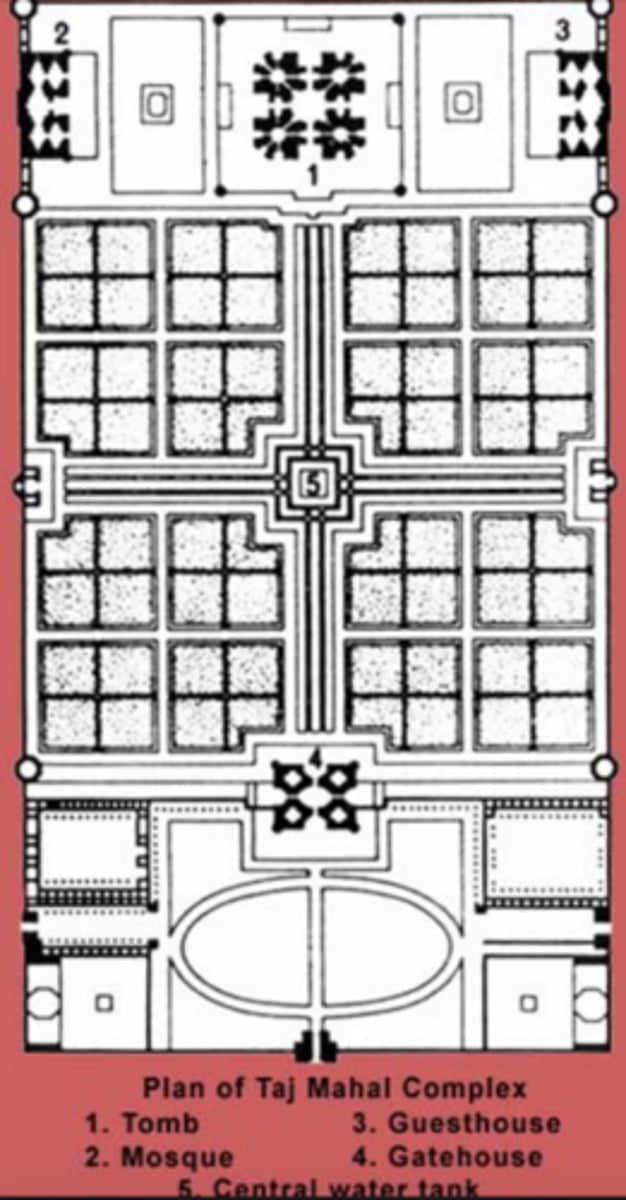LARC 1160 Quiz 1
1/58
There's no tags or description
Looks like no tags are added yet.
Name | Mastery | Learn | Test | Matching | Spaced |
|---|
No study sessions yet.
59 Terms
Lascaux, France 30,000-10,000 BC
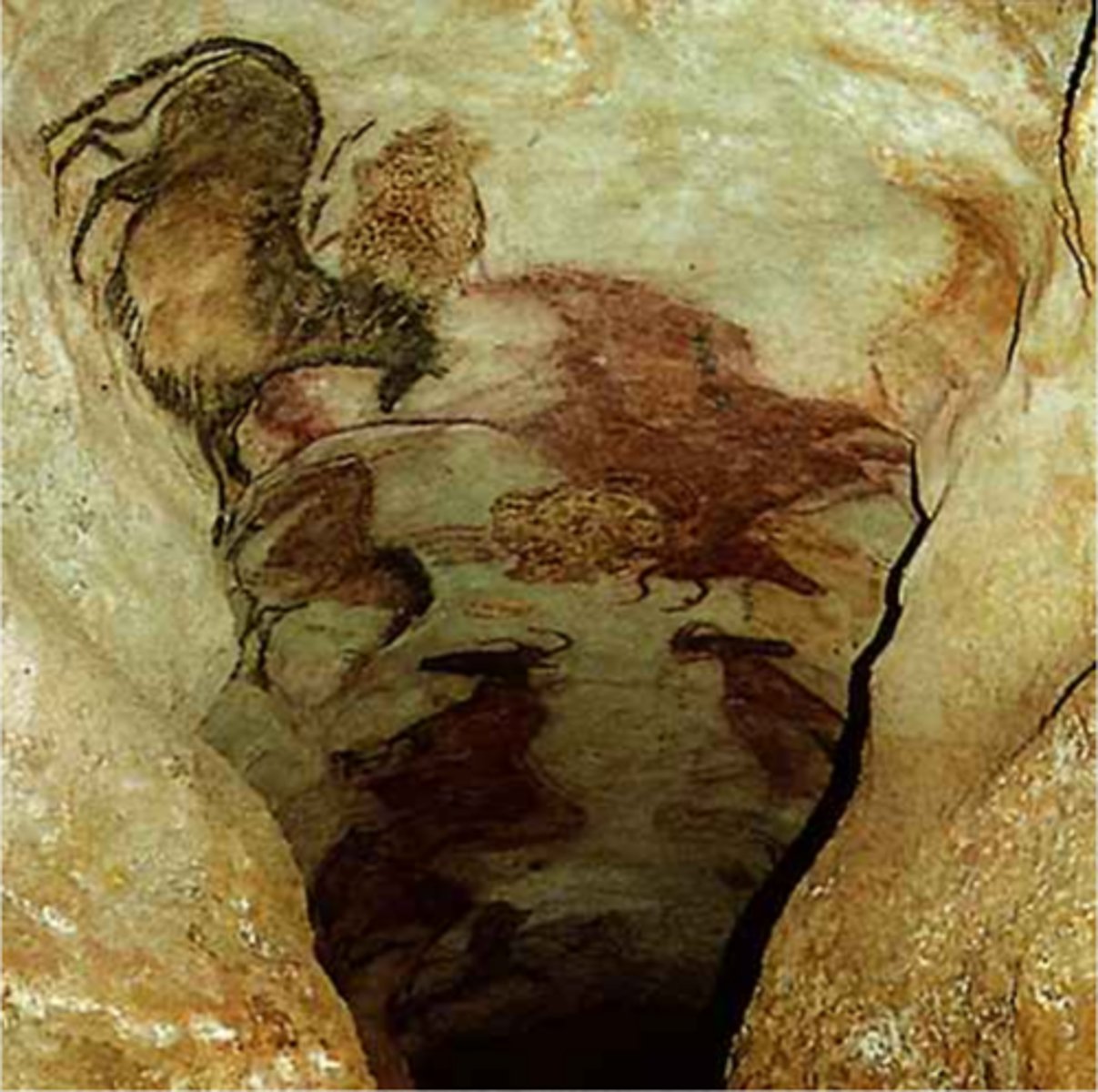
Lascaux, France

paleolithic age
- 500,000 BC to 8000 BC
- cave art
- Lascaux, France
- despite glacial ages, humans multiplied/survived**
Hadza people
African tribe in Tanzania that still live today as hunter-gatherers
Goseck Henge
- 5,000 BC
- eastern Germany
- dates back to Neolithic age
- believed to be a solar observatory
neolithic age
- 8000 BC - 4000 BC
- evolution from hunter-gatherers to agriculture
- evolution from migration to permanent settlement
- domesticated animals
- settlements near fertile river valleys
- started in Mesopotamia and spread to the Mediterranean
bronze age
- 4000 BC - 2000 BC
- aka middle ages
- discovery of metal encouraged art of war and peace**
- Carnac in Brittany, France
- Stonehenge in Wiltshire, England
Carnac 2500 BC
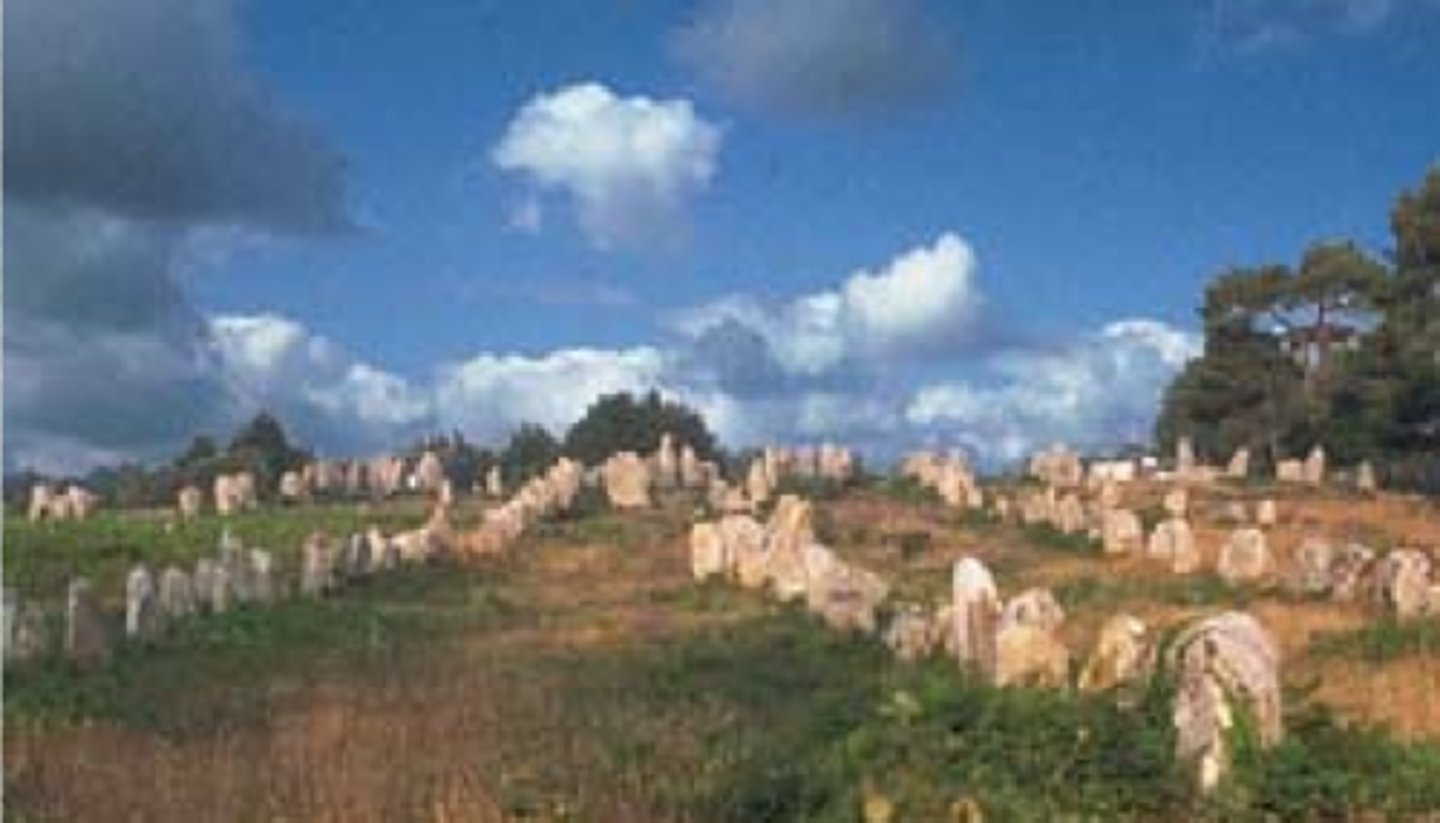
Carnac 2,500 BC
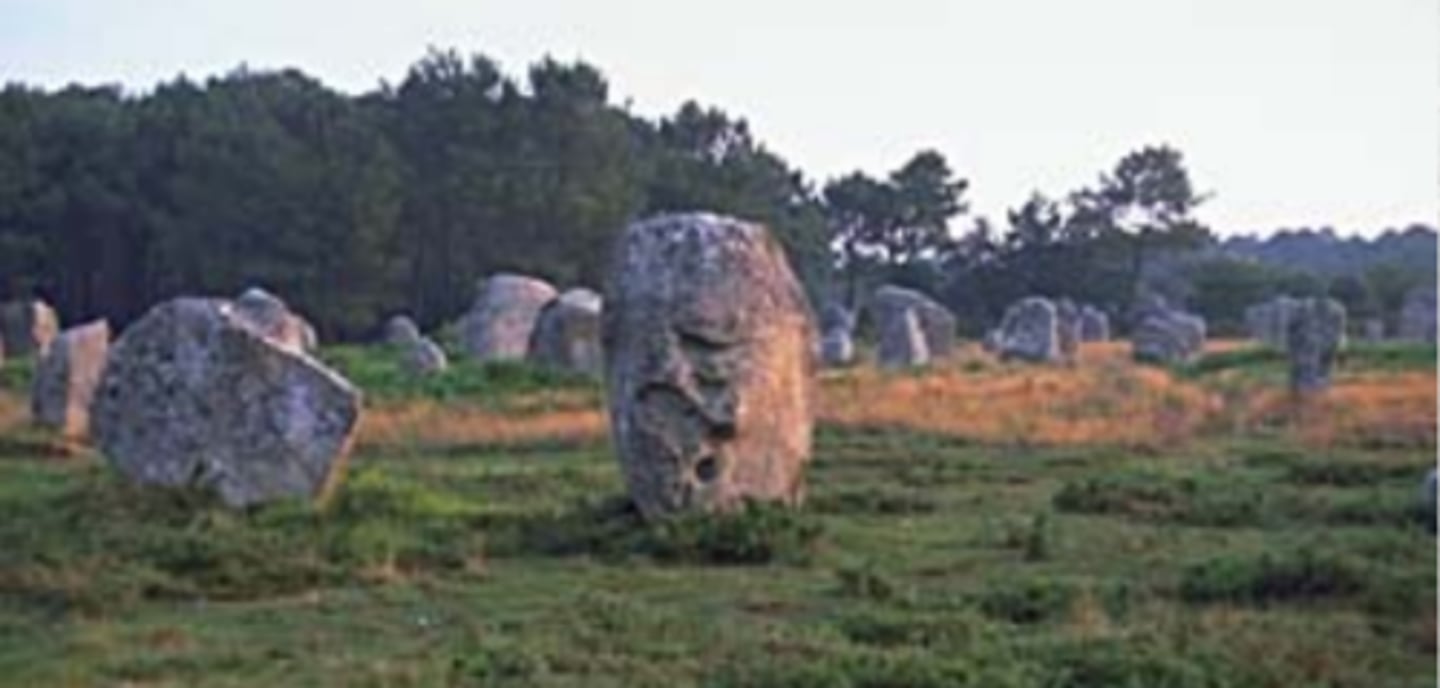
Carnac in Brittany, France
- 2500 BC
- stones arranged in straight lines
- each stone multi-ton
- don't know what space was used for
- changed the land using geometry
Stonehenge
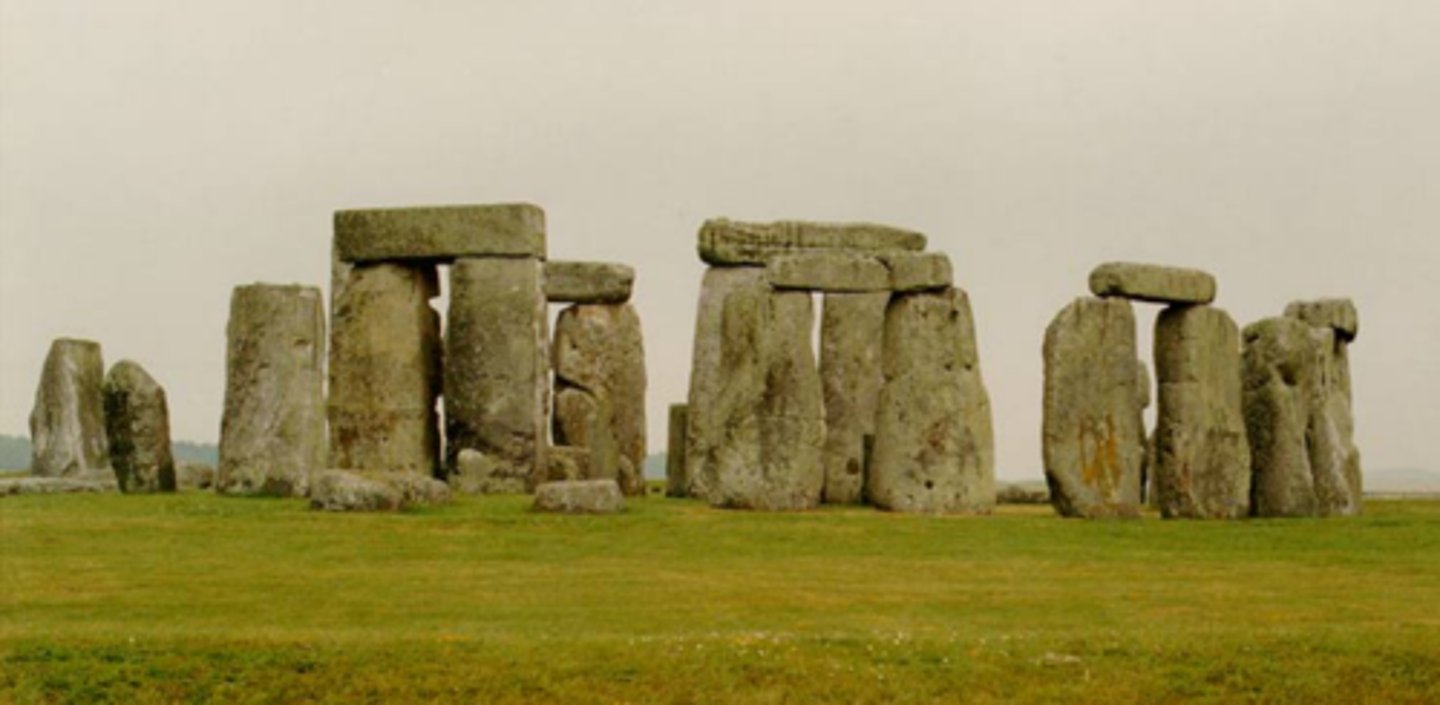
Stonehenge
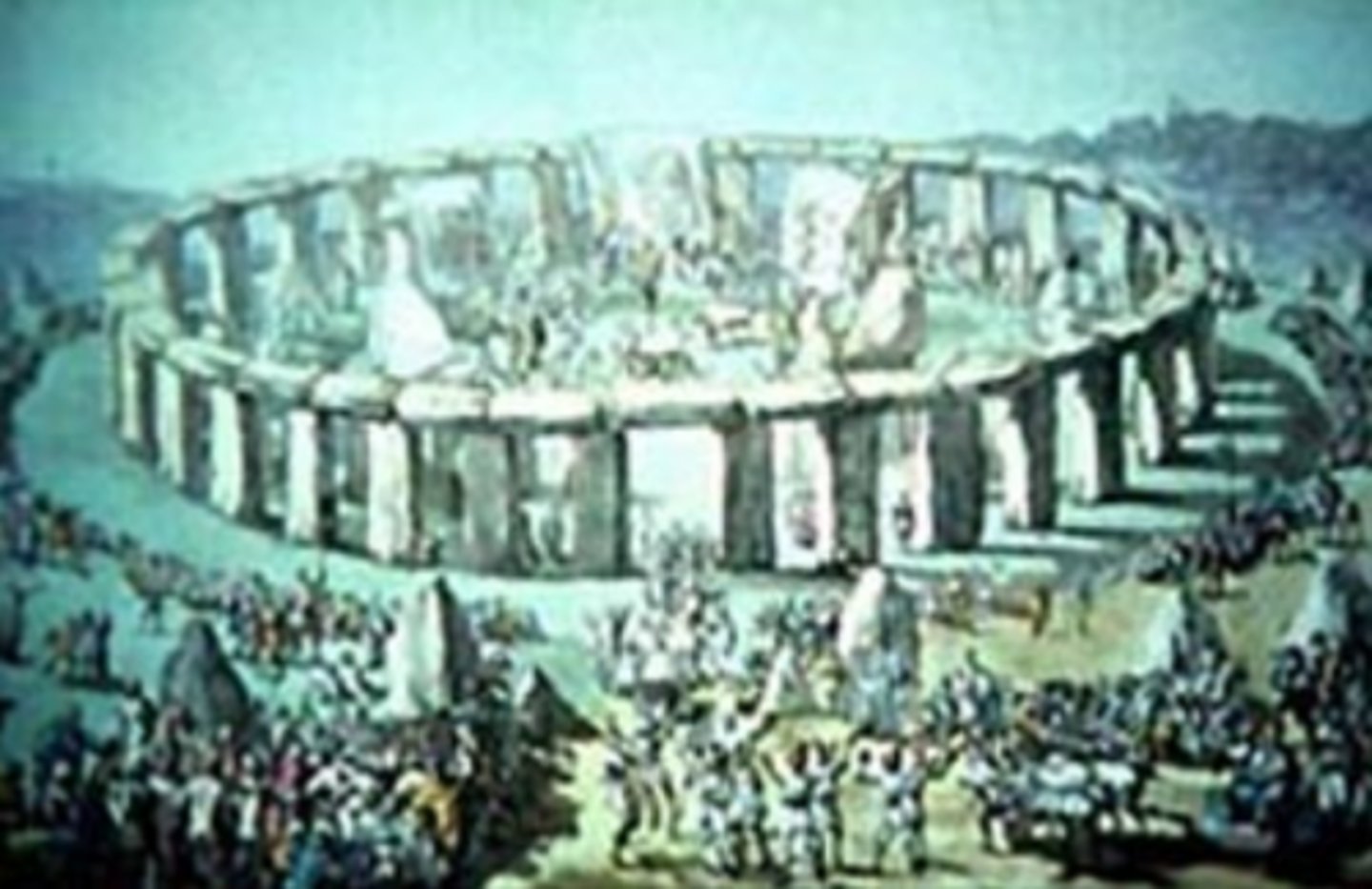
Stonehenge in Wiltshire, England
- c. 2000 BC
- rearranged the stones is a circular** pattern
- stones were carried 24 miles to the location
- each stone multi-ton
- don't know why it was built
Uffington White Horse
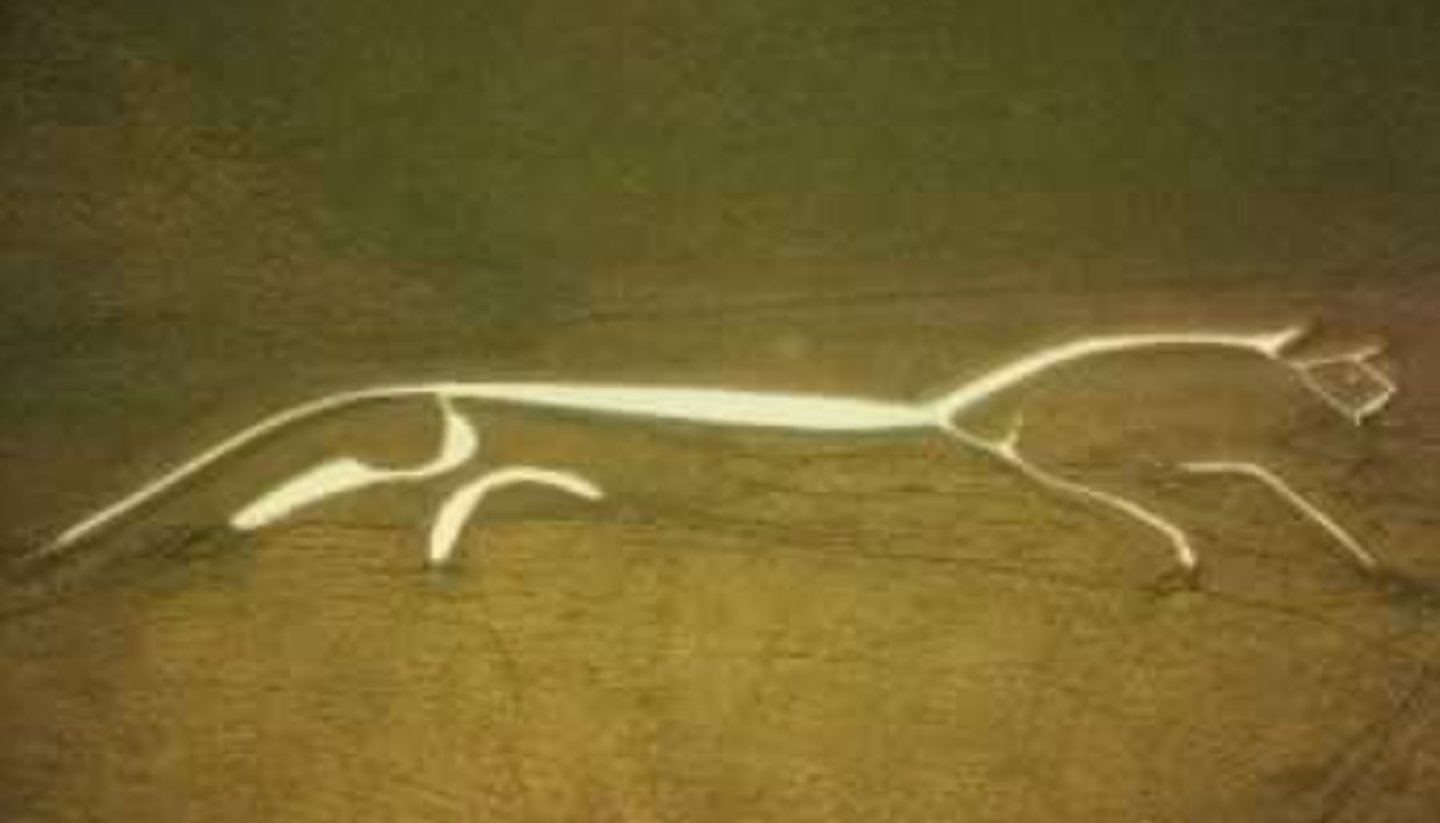
Uffington White Horse
- c. AD 400
- located in England
- cut by the Celts
- created by cutting the grass away to reveal the chalky, white stone hillside beneath
2000 BC on
- change from natural scenes to human made
- Persia, Greece, China, Egypt developed
- 2 opposing attitudes towards nature
- exploit capital resources
- create a recurring ecosystem
Sumeria
- one of world's first civilizations
- first literate civilization
- Hammurabi's published code of law (governing water rights/access)
Ziggurat of Ur
- c. 2250 BC
- built by the Sumerians
- early expression of human determination to place their mark on the Earth
- holy mountain on whose summit God lives
- observatory to study stars
- built to commemorate the Sumerian civilization
Ziggurat
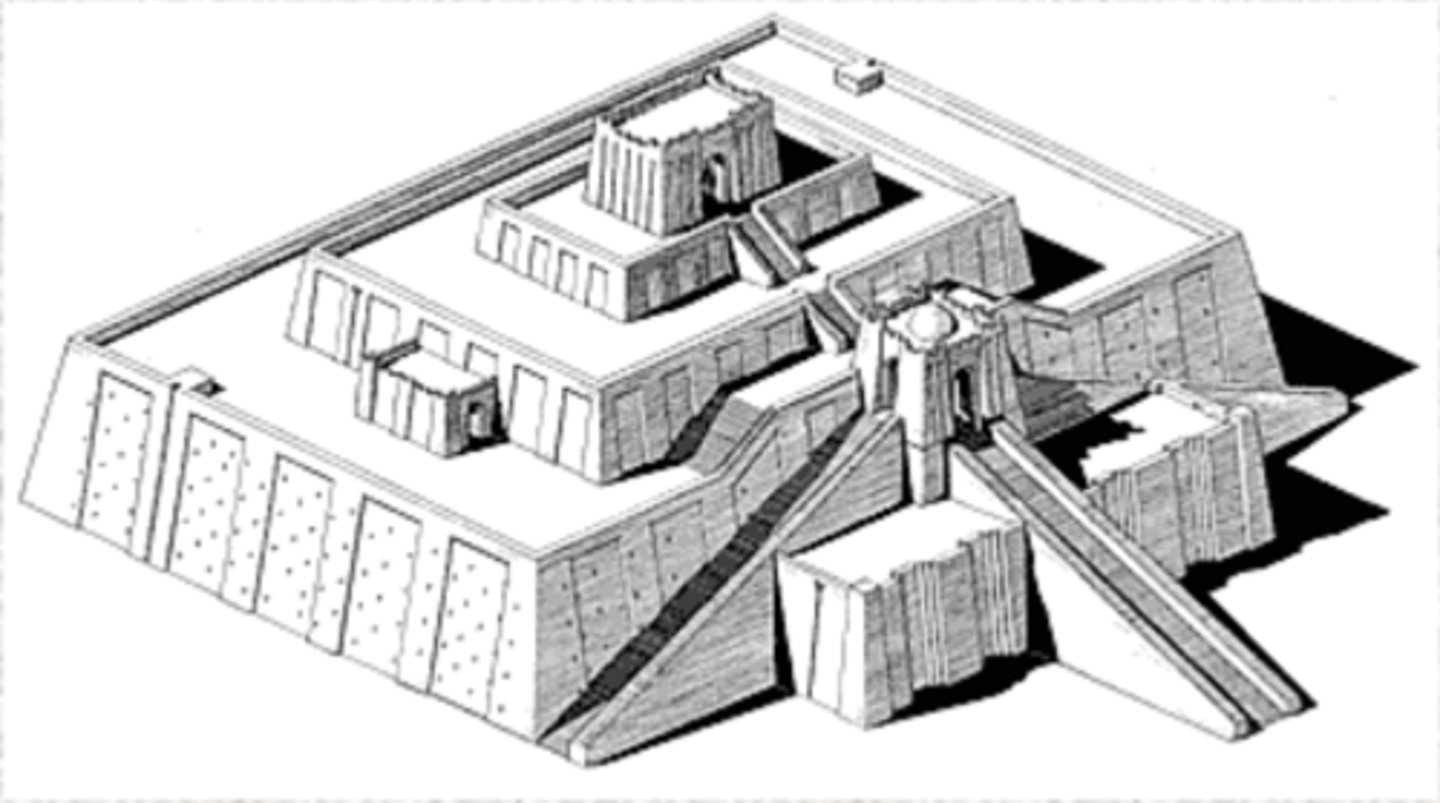
hanging gardens of Babylon
- believed to be the gardens planted on the stages of the Ziggurat
- first precedent for a roof garden
- terraces planted with trees
- walls of baked brick around a mud core
- painted walls: lower stages = black, upper stages = red, shrine = blue glazed tiles
- topped with a gilded dome
- included the legendary Tower of Babel**
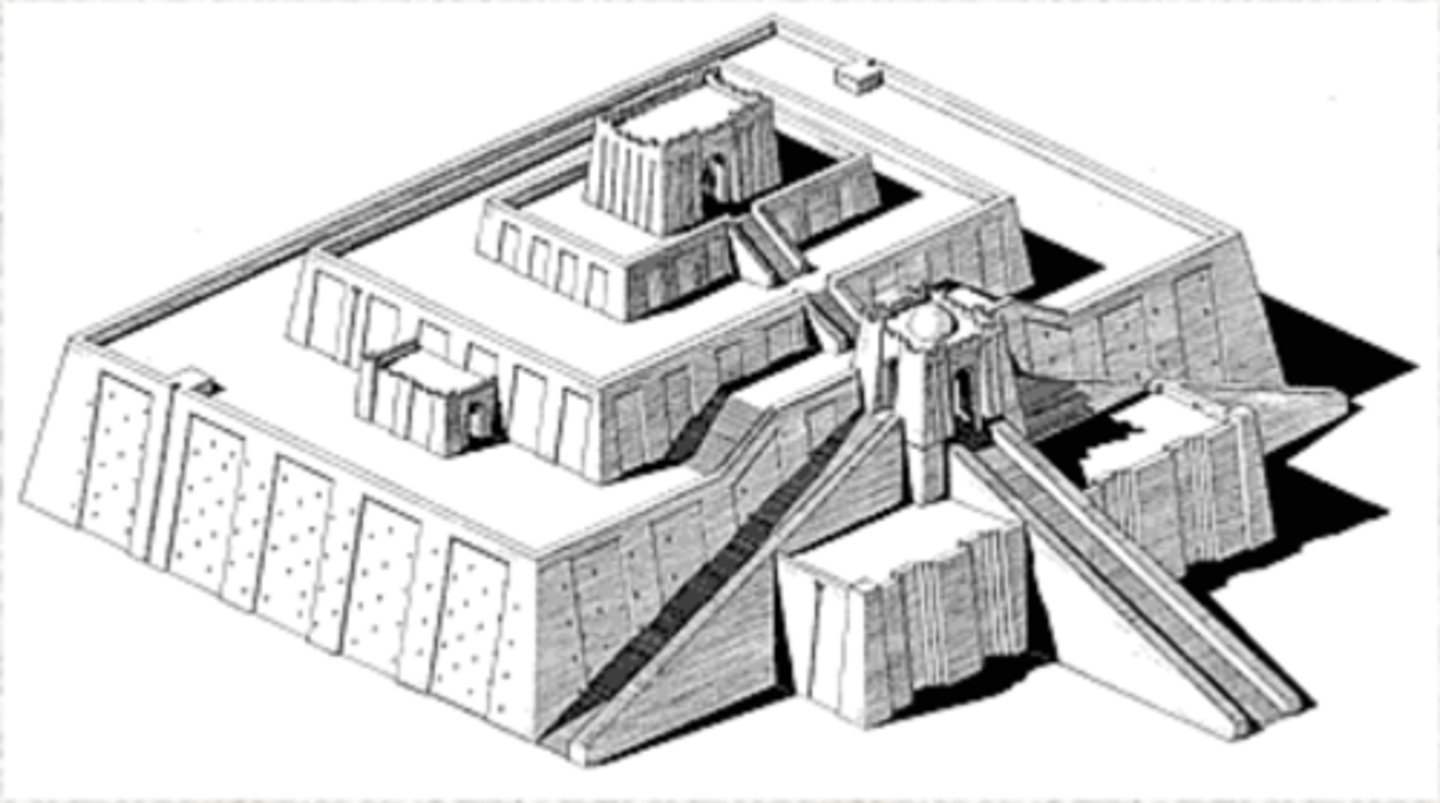
assyrians
- military power
- domestication of horses came the first hunting and fishing parks**
- parks were geometrically laid out and stocked with plants and animals
- artificial hill and temple of Khorsabad is considered one of the earliest picturesque landscapes of the Western world
city of Persepolis
- capital of Persian empire
- site chosen by Cyrus the Great but built by Darius I
- very geometrical design on plateau projecting from mountains
- symbol of power and domination
- included palaces, garden temples, all within the city
- site selection was key for protection
- double wall
- natural protection by the land
garden carpets
- The Spring Carpet of Chosroes
- depicted garden with canals, flowers, and trees in woven silk
- gold and precious stones
- laid indoors to bring the garden into the palace
paradise gardens
- evolved in Persia
- aka Persian gardens
- design dictated irrigation systems
- quadripartite layout within wall
- cross by intersecting water channels symbolic of 4 rivers of heaven
the Arab person
- a nomad from the Arabian peninsula
- shepherd who moved with flocks
round city of Baghdad
- founded by Caliph Al Mansur
- circular
- mosque, Al Mansur's palace and market place at the center**
- flowers were abundant
- outside the walls were great gardens
- empty space between center and periphery was left for defense
city of Baghdad
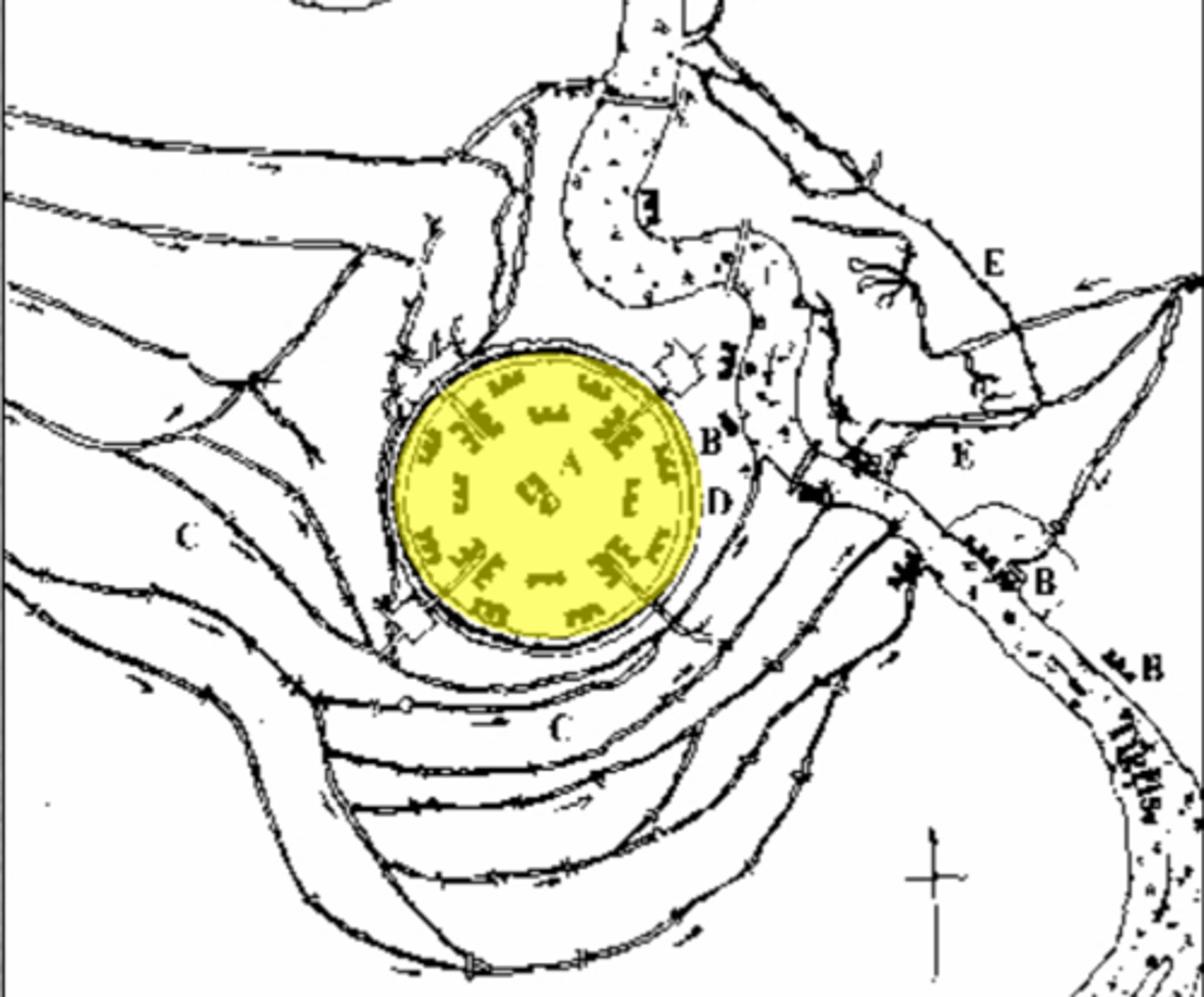
the Great Mosque of Samarra

mosque of Samarra
- unique spiral minaret
- developing Islamic arch and LARC was inspired by those of earlier civilizations
- architectural form of the spiral minaret derived from the Ziggurat
- place to call for prayer
Islam's addition to architecture
- mosques with their minarets and domes
- Medresseh** (school) was a place of learning attached to mosques
decorative patterns
- geometric
- floral
- calligraphic
city of Isfahan
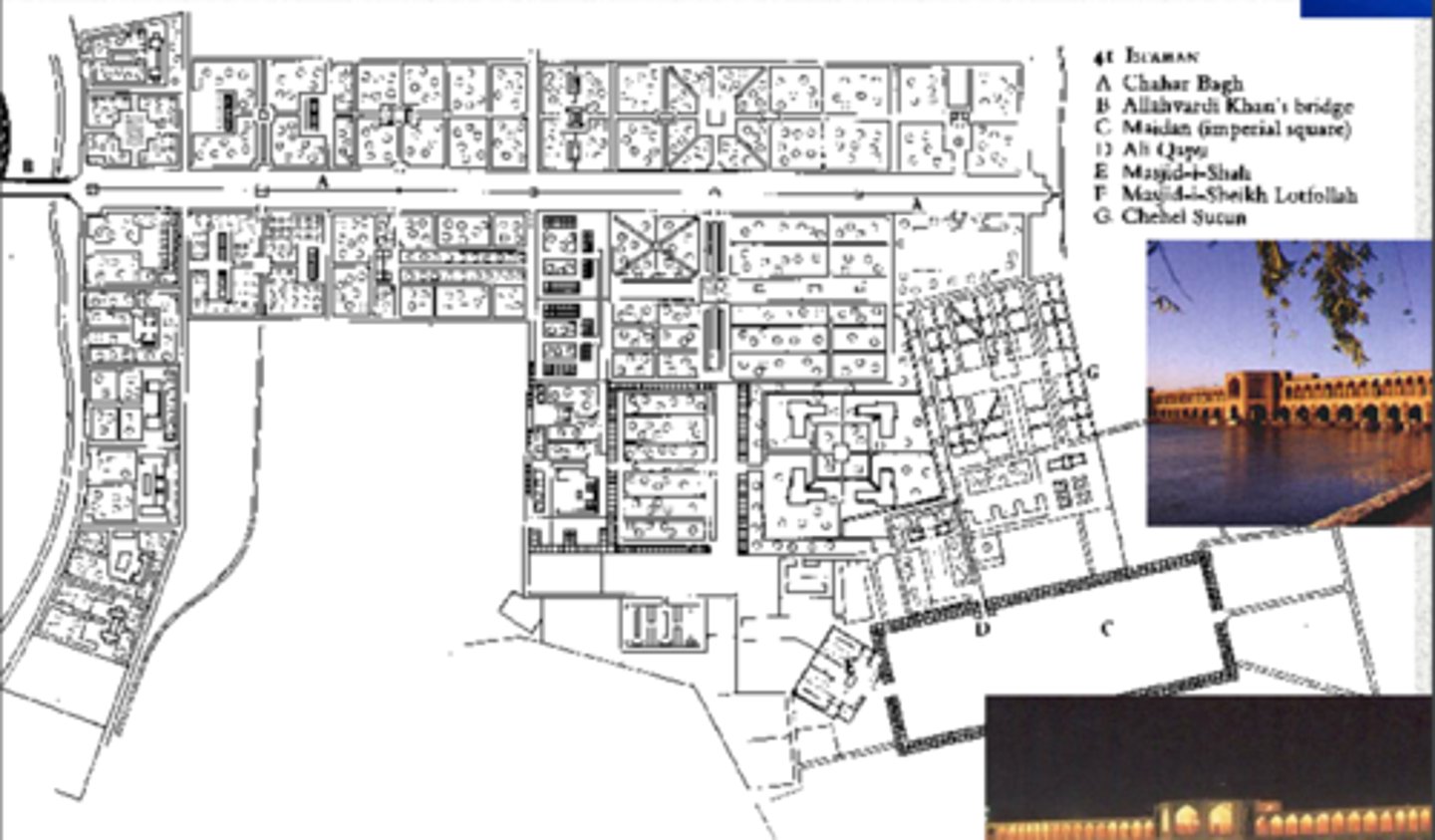
(A) Chahar Bagh --- 4 gardens
(C) imperial square
(D) palace
(E) mosque
(F) mosque
(G) palace
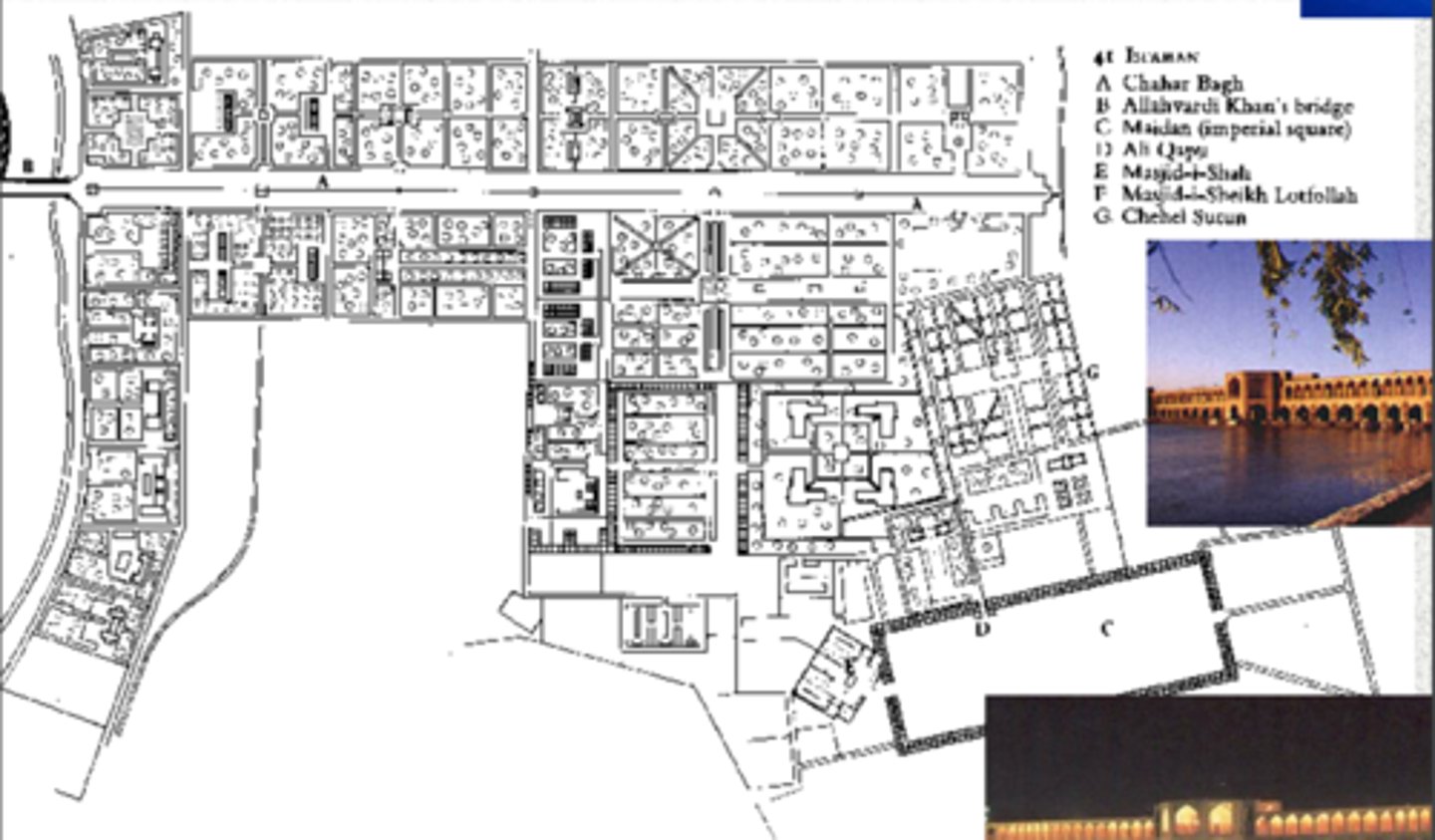
design characteristics of Isfahan
- built urban fabric
- green landscape
islamic gardens were places for:
- contemplation
- meditation
- conversation
characteristics of Islamic garden
- design based on description of paradise in the Koran
- design is geometric (formal)
- quadripartite layout
- enclosed by walls
- water features
- vegetation (shade, aroma, edible)
- refuge for repose and contemplation
- examples; islamic gardens of spain, persia and the mughul gardens in india
great mosque of Cordova
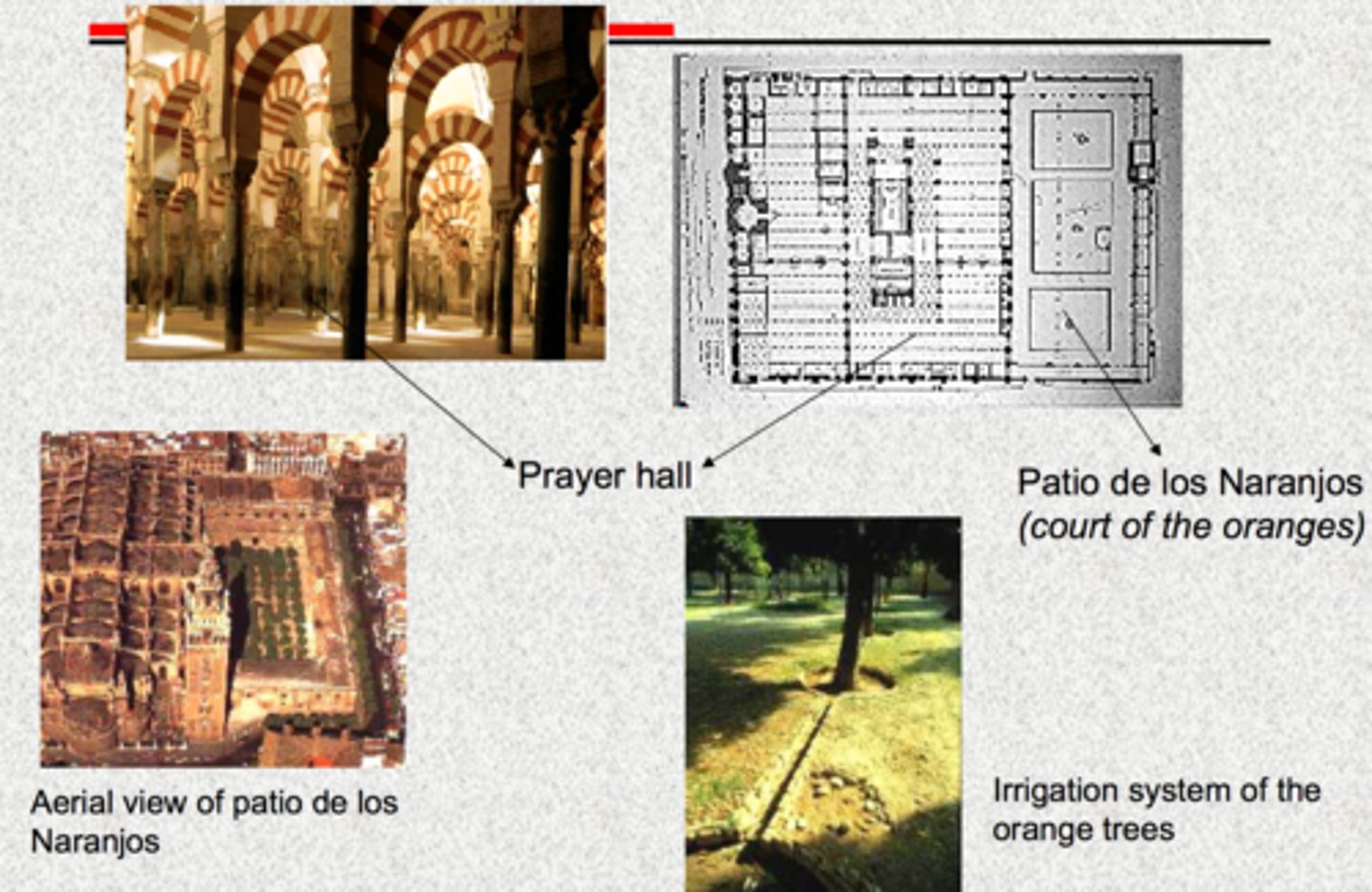
aerial view of the great mosque of Cordova
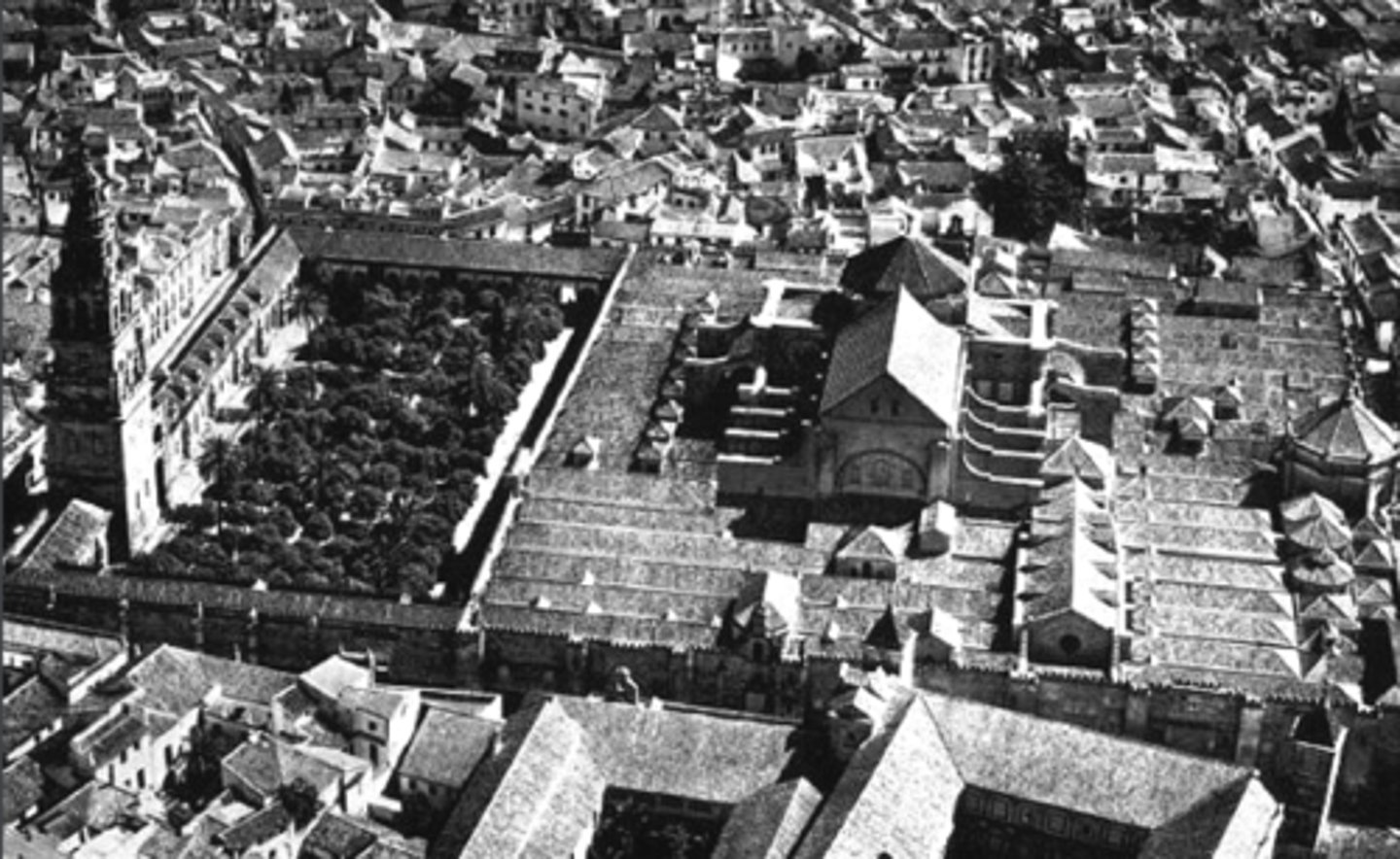
Patio de los Naranjos courtyard
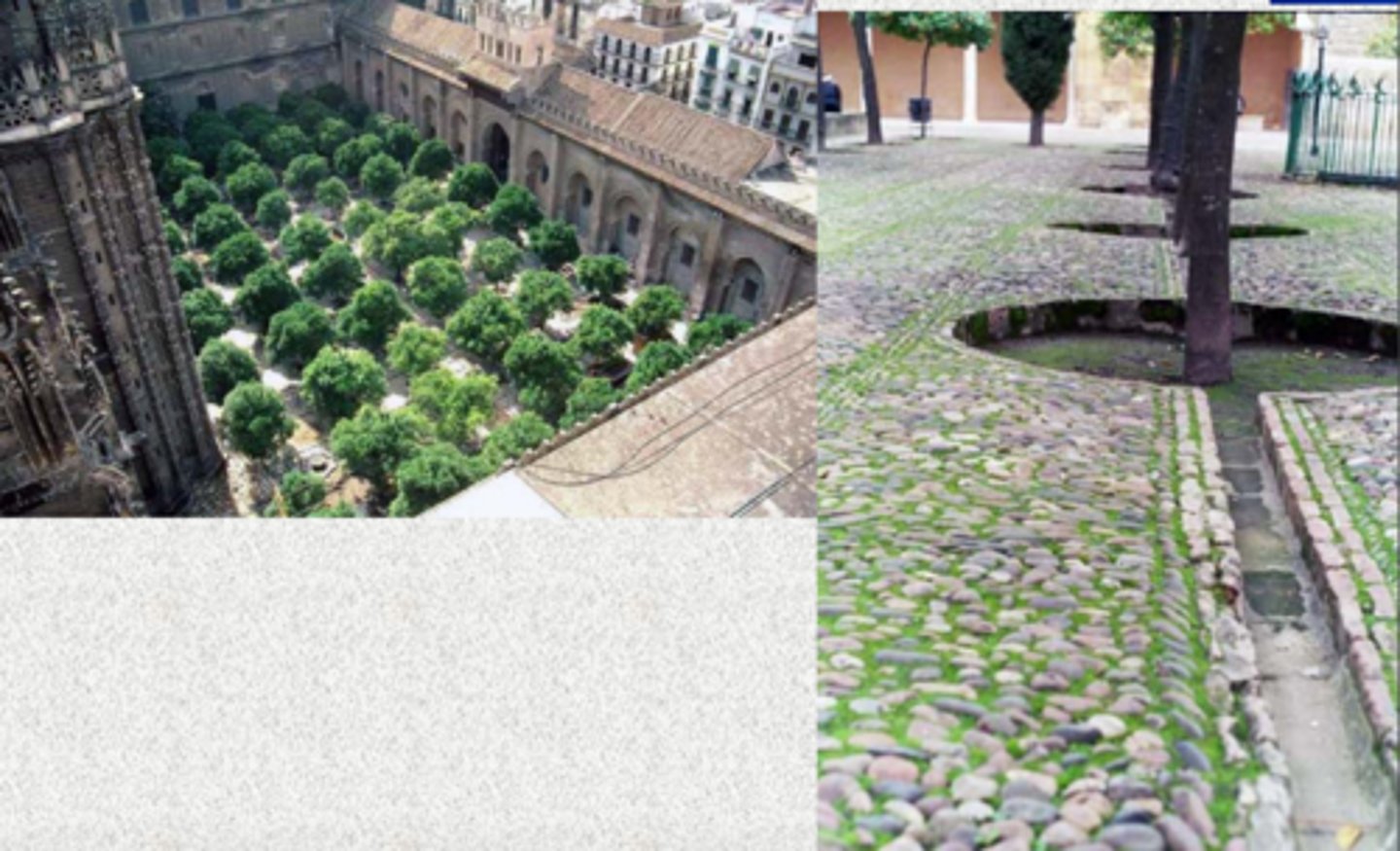
fortress of Alhambra in Granada

court of the Myrtles
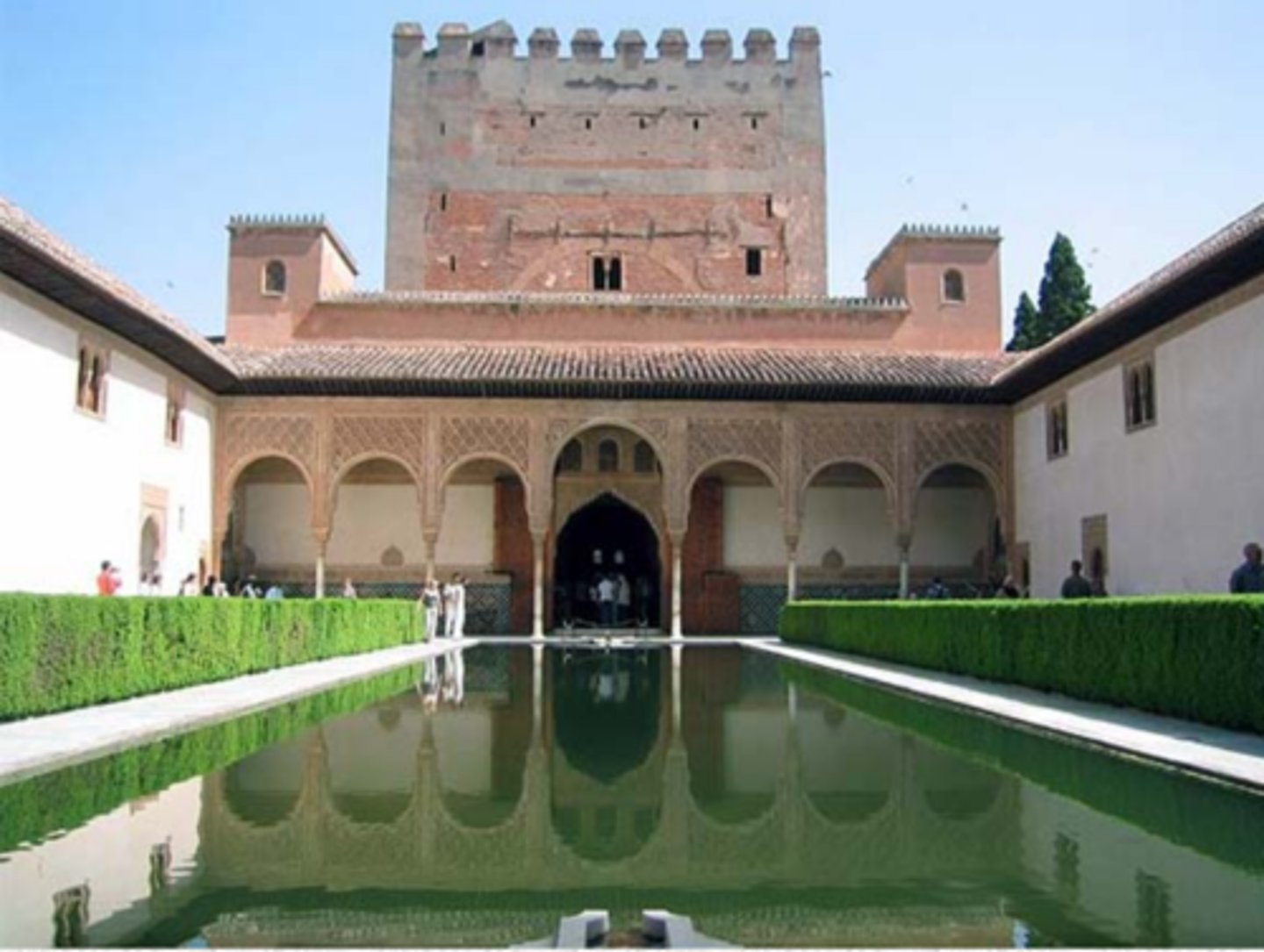
court of the Myrtles
- long, rectangular water pool
- named after the Myrtle hedges lining the pool
- serene nature**
- reflecting pool
court of the lions
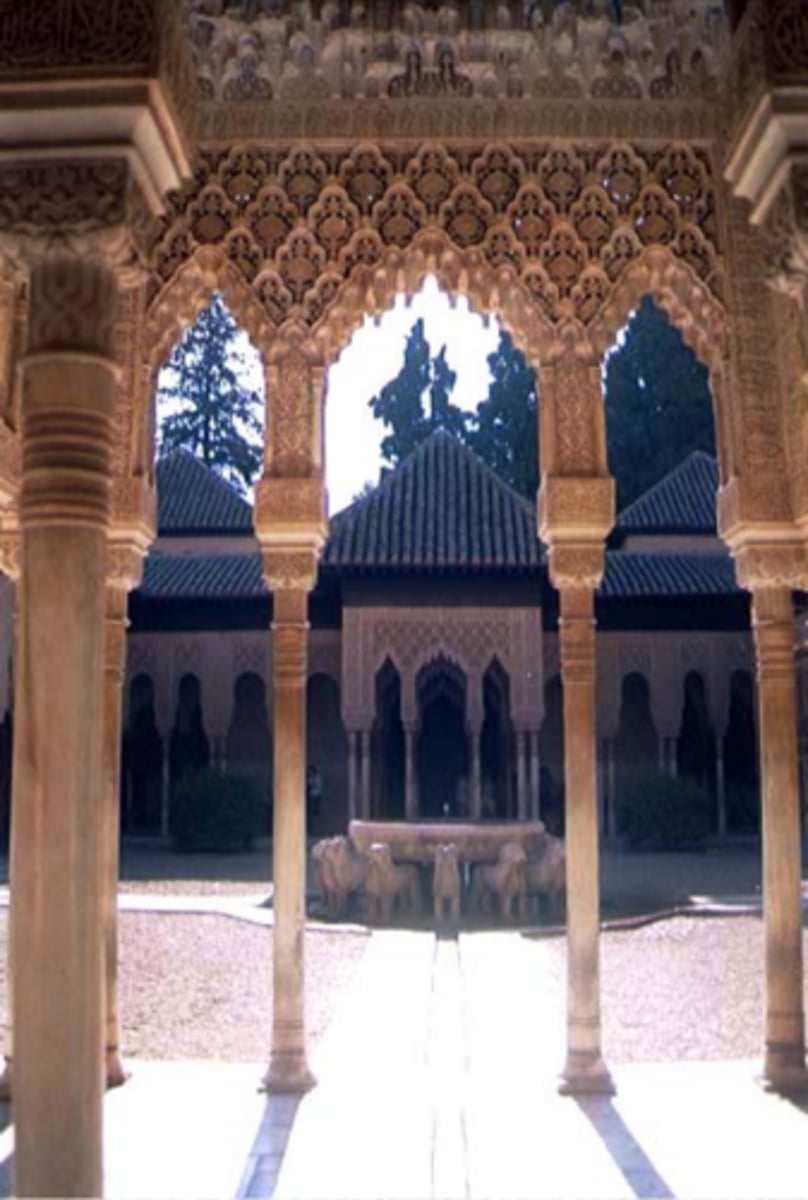
court of the lions
- dynamic nature
- quadripartite layout
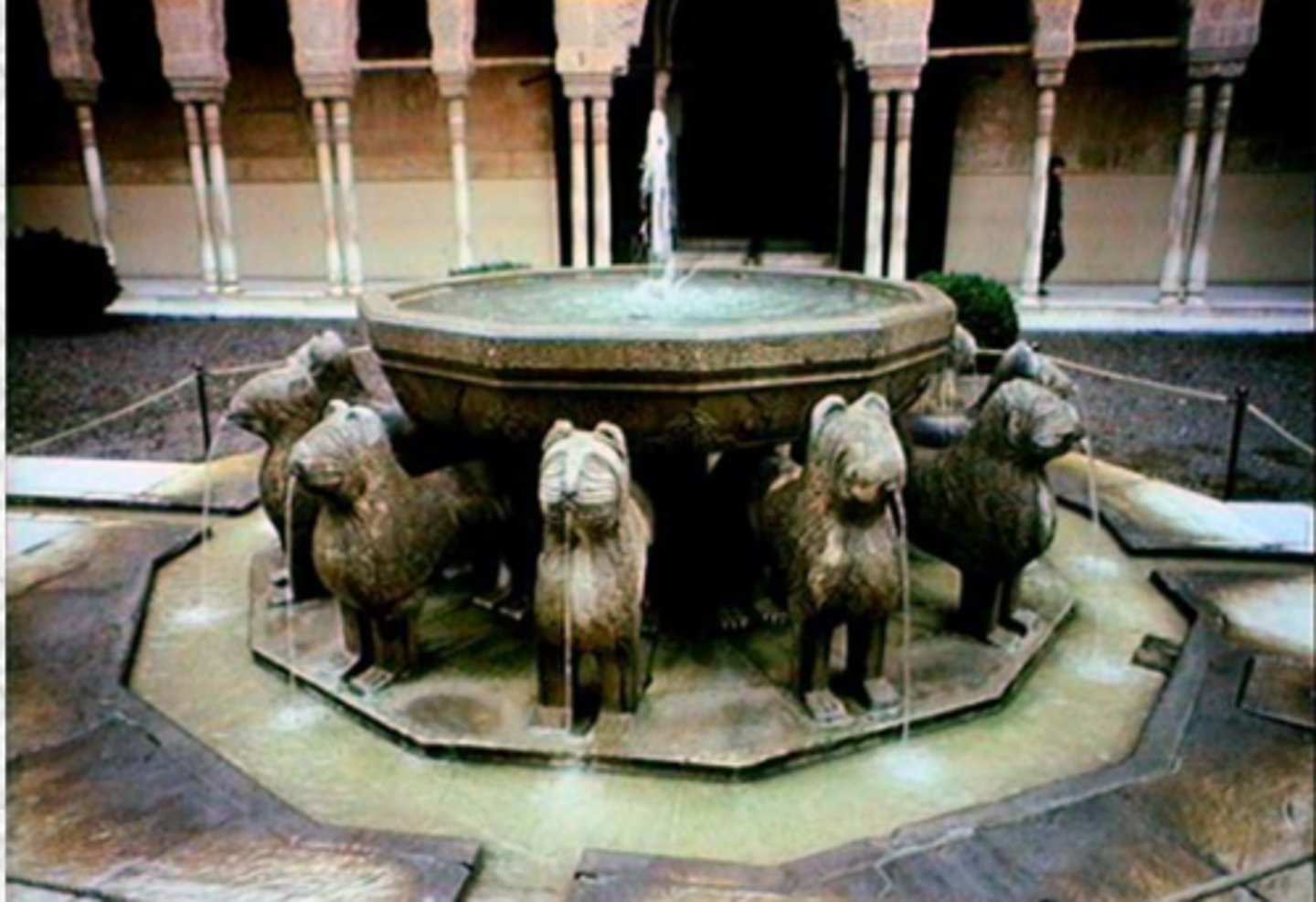
plan of the Generalife
- water steps
- used gravity to move water
- harvested water stored in cisterns
- hand-rails of running water
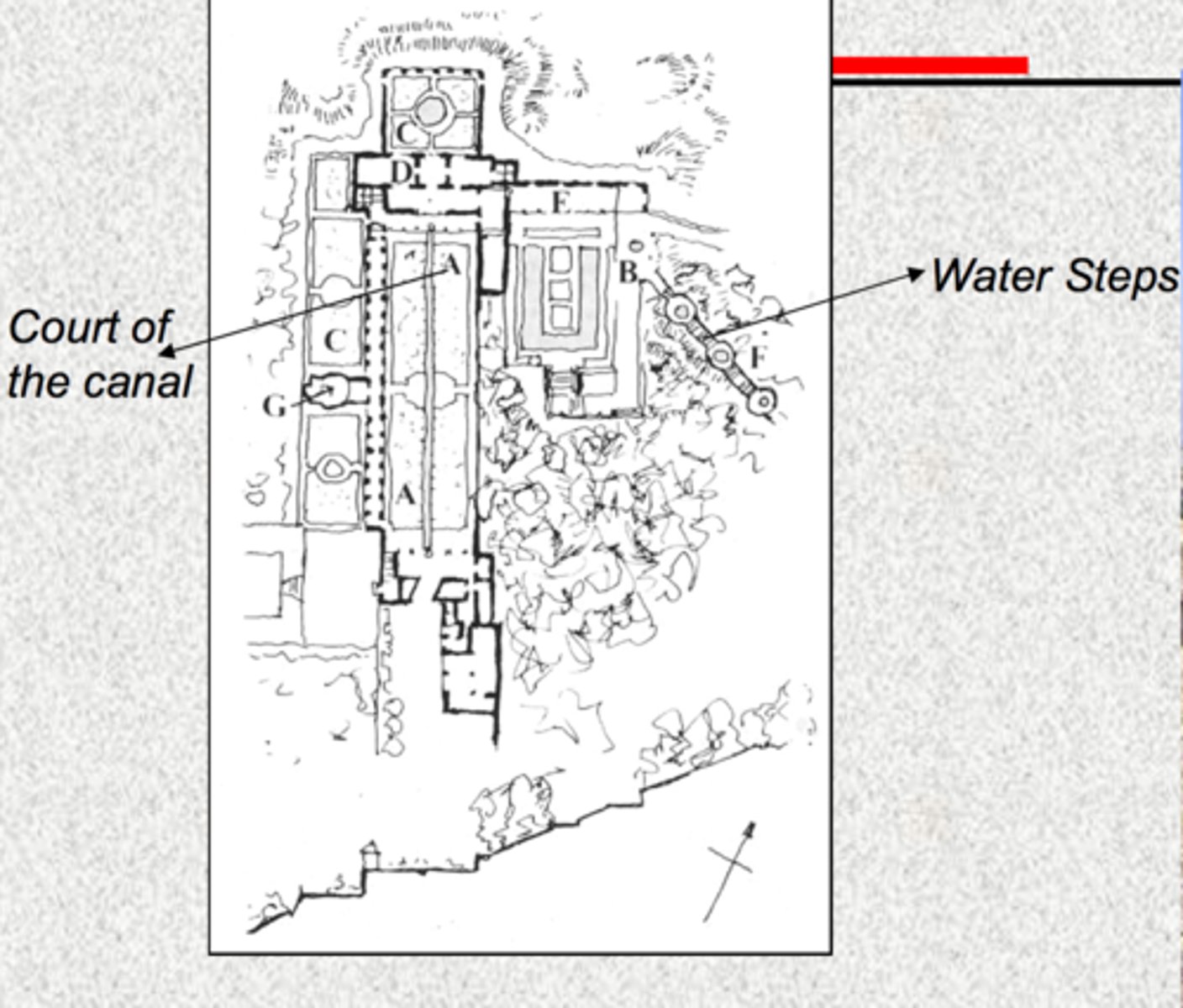
the Generalife - court of the canal
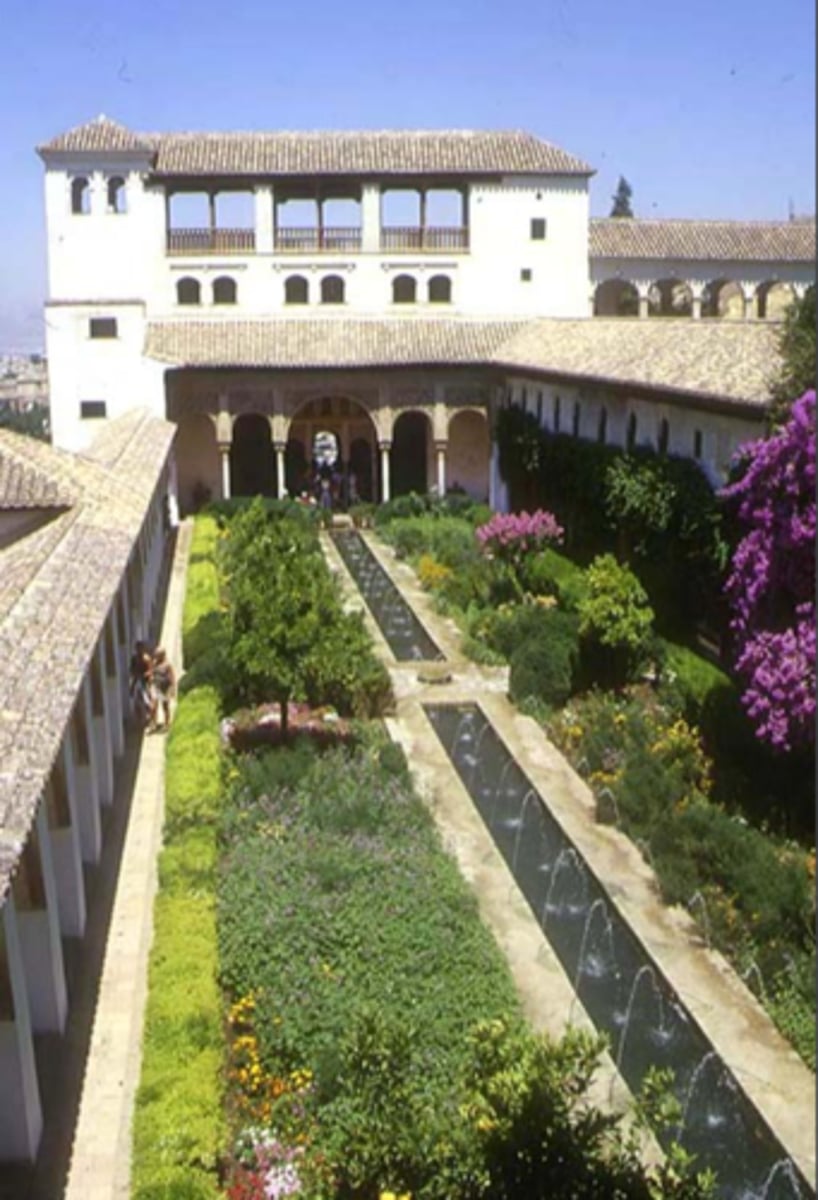
feast of the birth of Humayun
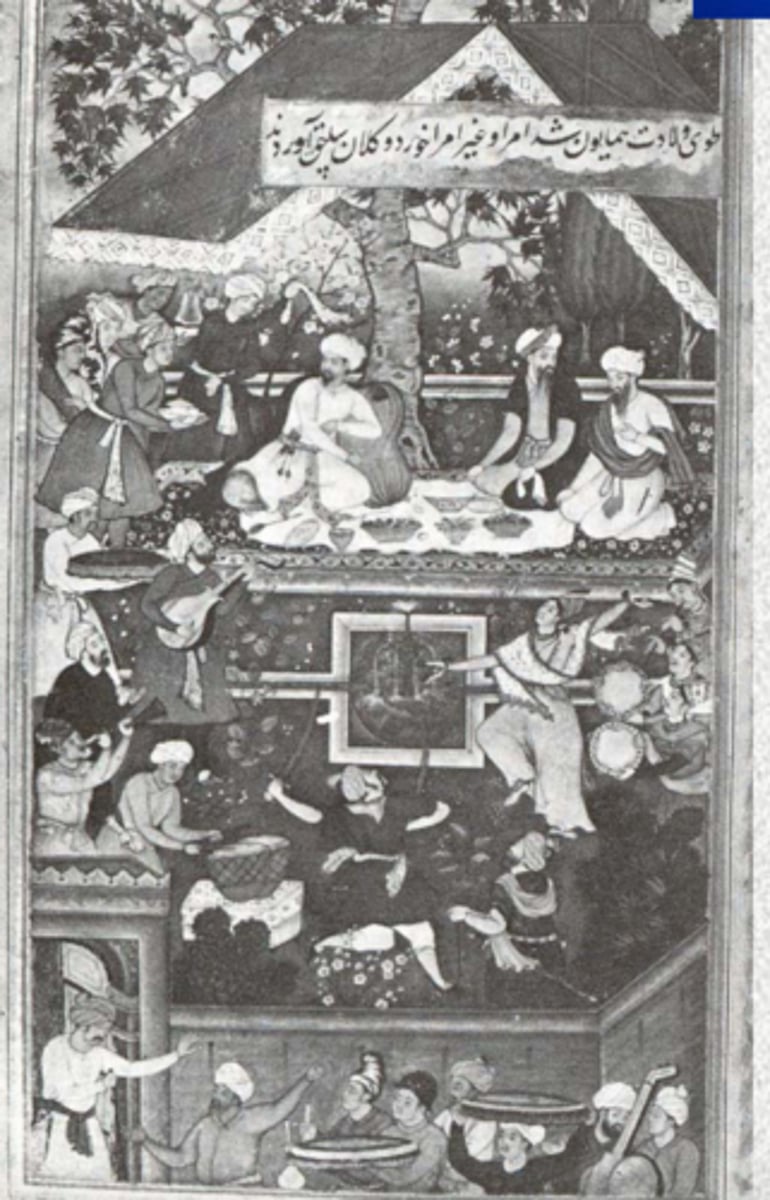
feast of the birth of Humayun
- celebration taking place in garden setting
- Mughul's inherited the love of gardens and symbolism from the Persians
- miniature shows classic features of an islamic garden
- Mughul's introduced***:
- Chabutra: elevated stone platform on which the emperor sits
- celebration and entertainment taking place in a garden
- usually the Chabutra sat upon running water
Ram Bagh
- "Ram Garden"
- oldest mughul garden
- built by Babur
- large wall
- Chadar*** was scalloped stone ramp that carried water between two levels that created ripples in the water
- stone Chabutra
- raised water channels
- gravity fed fountains
types of Mughul gardens
- Tomb Gardens
- Pleasure gardens
tomb gardens
- commemorative landscapes are the contribution of the Mughul's to LARC
- from the Mongol, the Mughul inherited building their tombs (in an islamic garden setting) during their lifetime and using them
- after their death the tomb gardens are passed to holy men and opened to the public
- instead of water in the center of quadripartite layout there is the tomb
tomb of Akbar
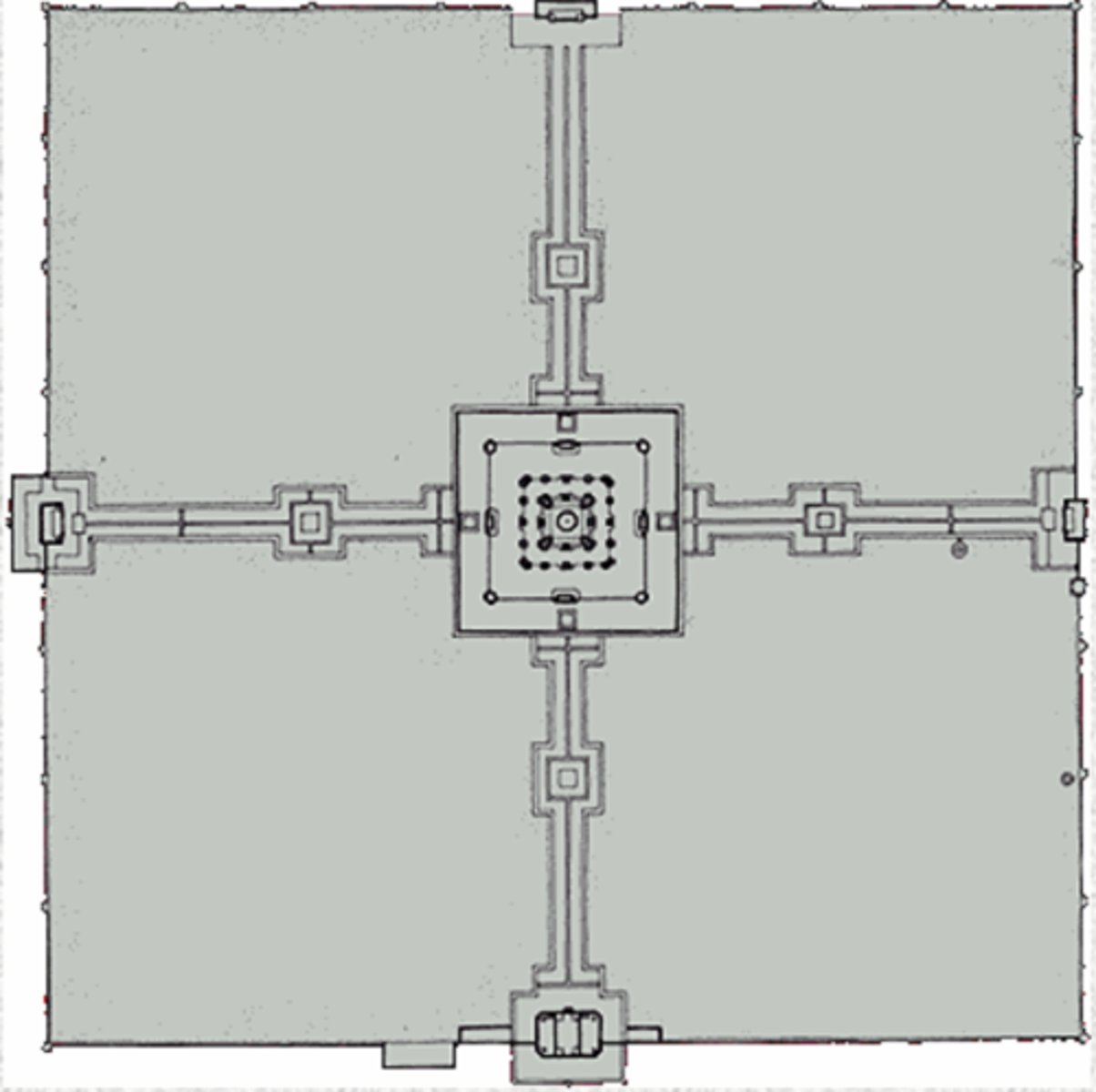
pleasure gardens
- islamic garden
- site in kashmir chosen by Jahangir between the mountains and Lake Dal
- built by Shah Jahan
- plan consists of 3 leveled, tiered, quadripartite gardens
- mirror symmetry
- leveled and terraced
- each level had different purpose
- enclosed by walls
- private garden built for emperor
Shalamar Bagh in Kashmir
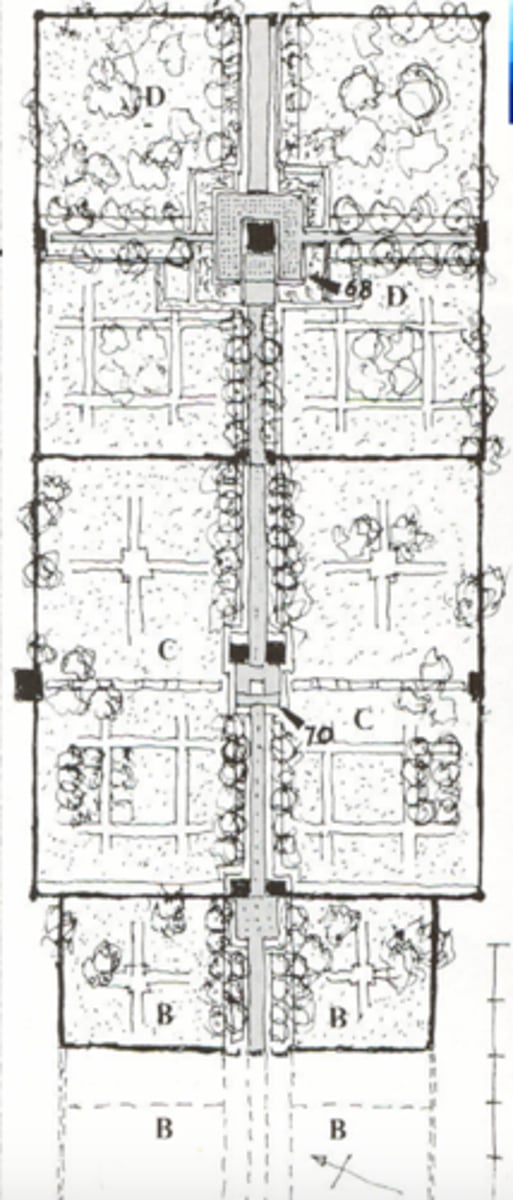
levels of Shalamar Bagh
- emperor's public audience
- emperor's private audience
- royal women private garden
- from the bottom to the top
Taj Mahal at Agra
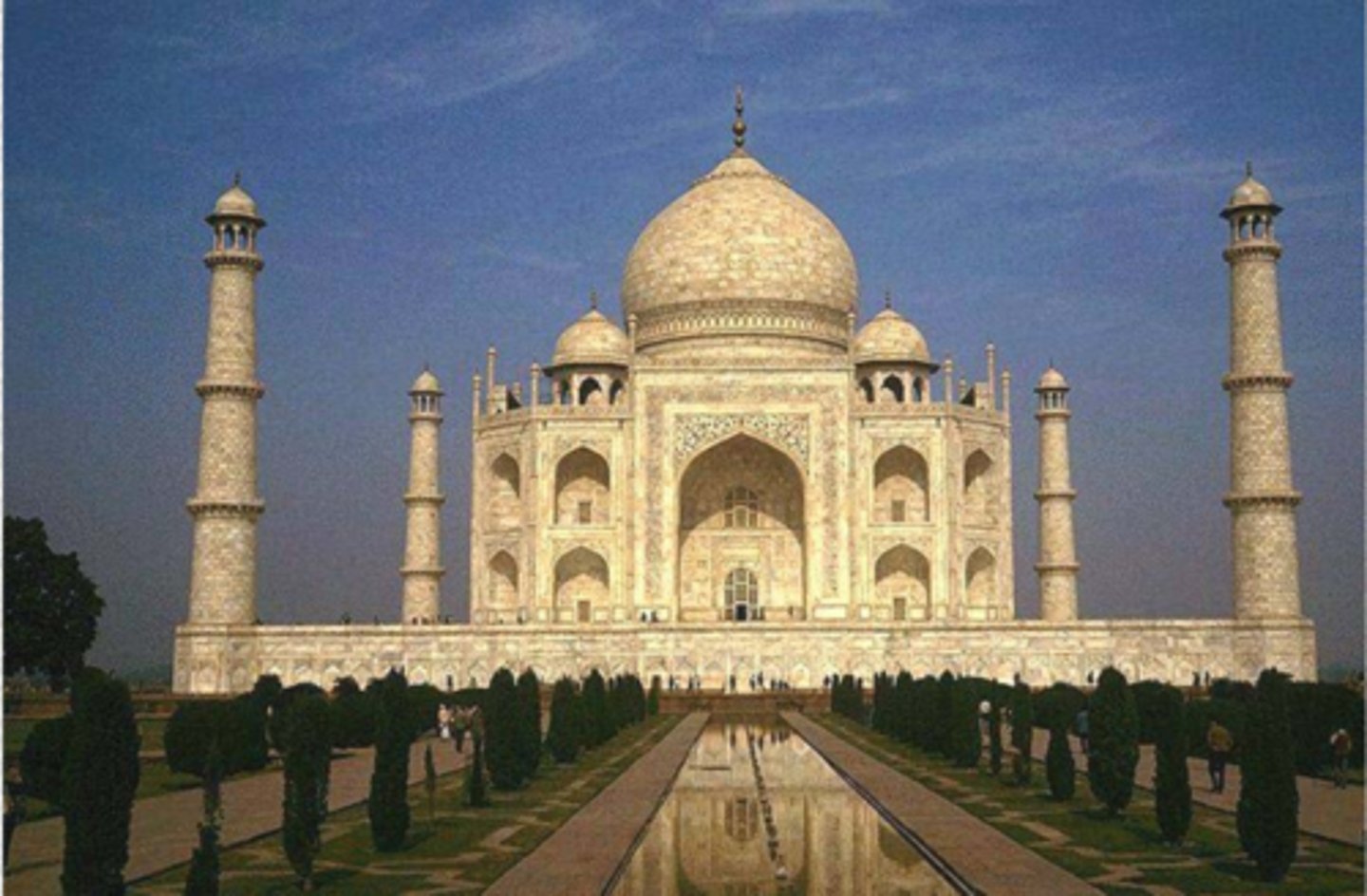
Taj Mahal
- built by Shah Jahan for his wife
- an example of a Mughul tomb garden
- unlike earlier examples, tomb was NOT in the center
- masterpiece or architecture and LARC
- wanted to build a black marble Taj on the other side of the river and connect the two with a bridge
Taj Mahal
